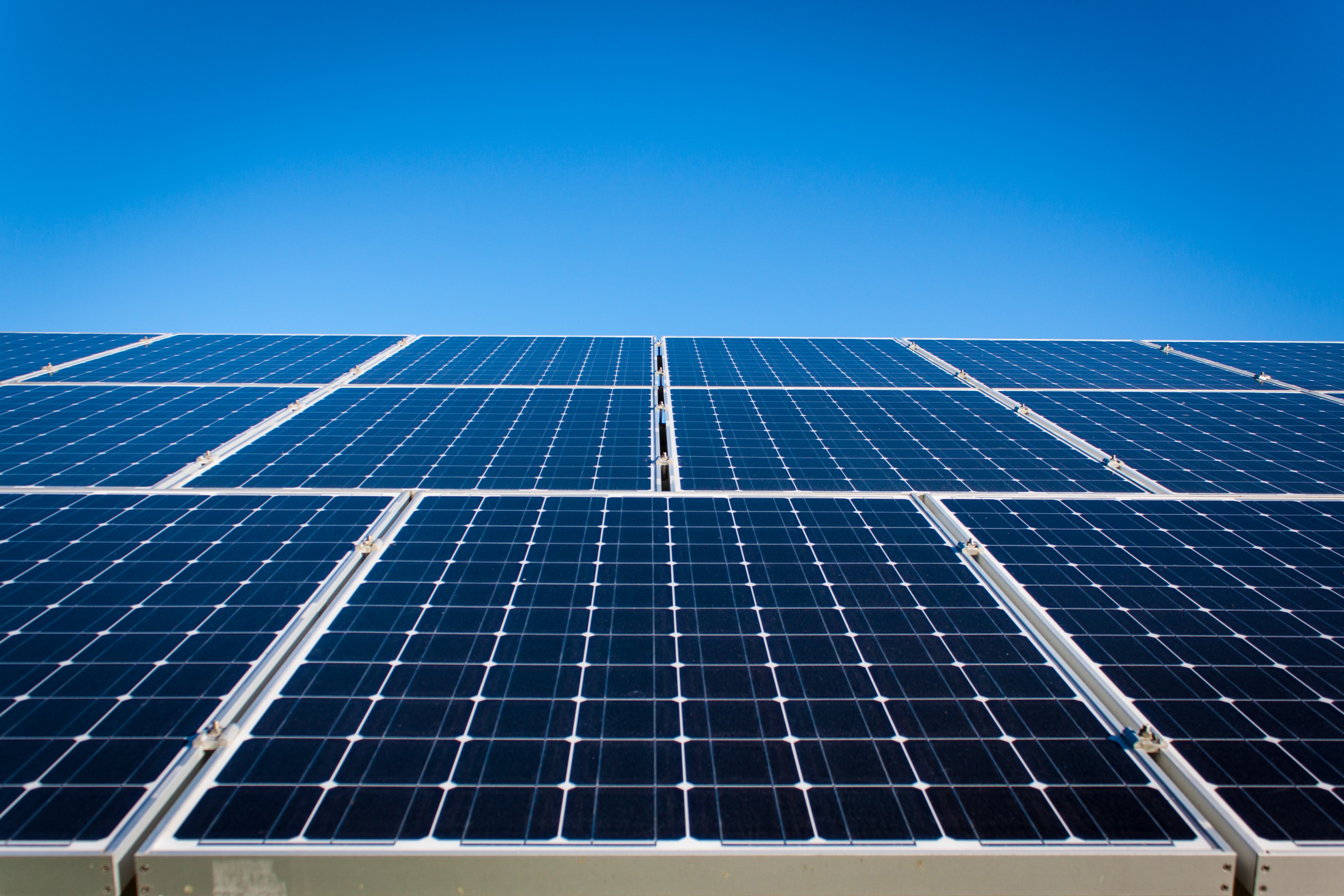Electricity generation have been attracting more investment than oil and gas production for the second year in a row. However, investments in renewable energy sources have declined, and this trend will continue, the IEA notes in a report on investment trends in energy.
IEA calls electricity the energy of the future, but notes that it’s not enough to just transfer everything to solar power. The important thing is how it will be done. Electrification of transport will certainly reduce air pollution in cities, but the effect will be leveled, if the power plants themselves continue to work on fossil fuels.
However, investments in renewable energy sources have declined, and this trend will continue, the IEA notes in a report on investment trends in energy. "This is an alarming trend, especially when we take care of the implementation of our goals for the transition to clean energy and the consequences for energy security, climate change and air pollution," the agency's executive director Fatih Birol commented on the situation to Bloomberg.
In 2017, the electricity industry attracted $ 750 billion. $ 715 billion were invested in the oil and gas production and. About $ 298 billion was invested in the production of renewable energy, 7% less than a year earlier.
The growth of electrification is expected in almost all sectors, from transport to heavy industry. Earlier this year, the IEA reported that by 2020, the global fleet of electric vehicles will triple. In 2017, around the world, electric vehicles were sold for $ 43 billion.
The share of fossil fuels in world energy supply for the first time increased from 2014 to slightly less than 60%. This is due to rising prices for oil and gas, as well as the construction of new power plants in Asia. This sector attracted $ 132 billion of investment.
Coal and sun
Globally, coal consumption has declined, but it will still need to provide at least 30 gigawatts for new enterprises being built primarily in developing countries. The average age of a coal-fired power plant in Asia is 11 years, compared to 40 in Europe and the United States, so existing enterprises will also work for decades.
Reducing investment in renewable energy sources can be associated with cheaper equipment, such as solar panels and wind turbines. But, according to Fatih Birol, capacity volumes are also declining. According to him, this can be explained by changes in state policy. "This is mainly the result of the fact that investors see political uncertainty," he explained, noting that companies doubt whether it is worth investing in the renewable energy sector.
The world's largest renewable energy market, China, has recently revised its policy on solar energy, reducing the number of solar panels. According to Bloomberg NEF analysts, this move could lead to the module price dropping to 35% by the end of the year.
source: bloomberg.com
IEA calls electricity the energy of the future, but notes that it’s not enough to just transfer everything to solar power. The important thing is how it will be done. Electrification of transport will certainly reduce air pollution in cities, but the effect will be leveled, if the power plants themselves continue to work on fossil fuels.
However, investments in renewable energy sources have declined, and this trend will continue, the IEA notes in a report on investment trends in energy. "This is an alarming trend, especially when we take care of the implementation of our goals for the transition to clean energy and the consequences for energy security, climate change and air pollution," the agency's executive director Fatih Birol commented on the situation to Bloomberg.
In 2017, the electricity industry attracted $ 750 billion. $ 715 billion were invested in the oil and gas production and. About $ 298 billion was invested in the production of renewable energy, 7% less than a year earlier.
The growth of electrification is expected in almost all sectors, from transport to heavy industry. Earlier this year, the IEA reported that by 2020, the global fleet of electric vehicles will triple. In 2017, around the world, electric vehicles were sold for $ 43 billion.
The share of fossil fuels in world energy supply for the first time increased from 2014 to slightly less than 60%. This is due to rising prices for oil and gas, as well as the construction of new power plants in Asia. This sector attracted $ 132 billion of investment.
Coal and sun
Globally, coal consumption has declined, but it will still need to provide at least 30 gigawatts for new enterprises being built primarily in developing countries. The average age of a coal-fired power plant in Asia is 11 years, compared to 40 in Europe and the United States, so existing enterprises will also work for decades.
Reducing investment in renewable energy sources can be associated with cheaper equipment, such as solar panels and wind turbines. But, according to Fatih Birol, capacity volumes are also declining. According to him, this can be explained by changes in state policy. "This is mainly the result of the fact that investors see political uncertainty," he explained, noting that companies doubt whether it is worth investing in the renewable energy sector.
The world's largest renewable energy market, China, has recently revised its policy on solar energy, reducing the number of solar panels. According to Bloomberg NEF analysts, this move could lead to the module price dropping to 35% by the end of the year.
source: bloomberg.com





